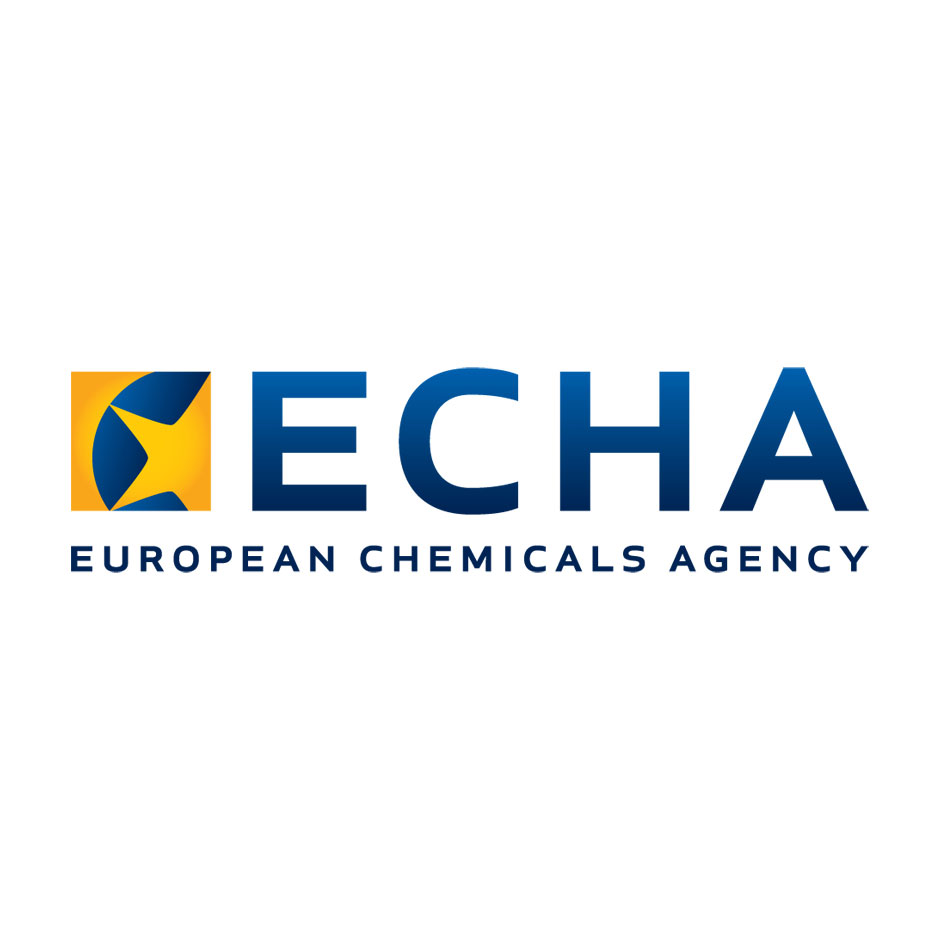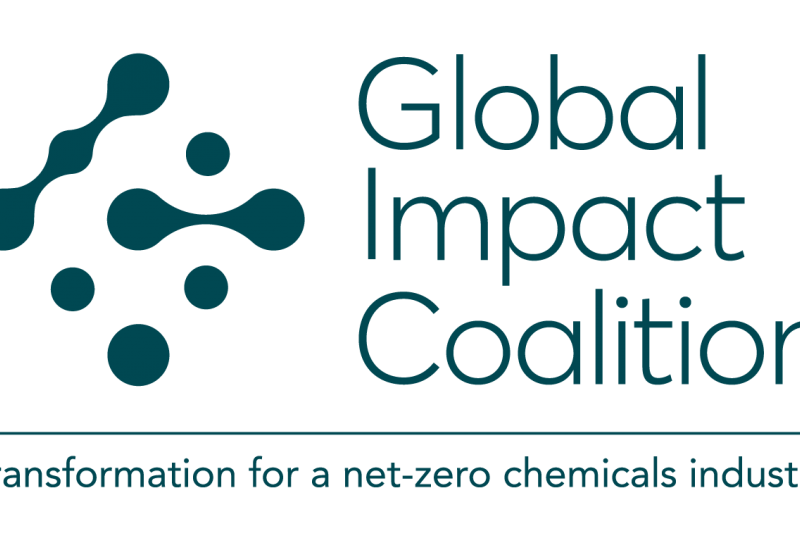ECHA proposes seven more for authorisation
ECHA has prioritised seven substances of very high concern (SVHCs) from the Candidate List and recommended that the European Commission add them to Authorisation List under REACH. All were chosen because they are hazardous, produced in high volumes and widely used, the agency said. This is the tenth such recommendation.
Among them are three siloxanes, which are produced at volumes of up to 1,000 or up to 10,000 tonnes/year. All are deemed to be harmful for the environment because they are persistent, bioaccumulative and toxic and/or very persistent and very bioaccumulative:
* Octamethylcyclotetrasiloxane (D4), which is used in making electronic articles and in non-metal surface treatment
* Decamethylcyclopentasiloxane (D5, used in electronic articles, dry cleaning, and scar and wound treatment
* Dodecamethylcyclohexasiloxane (D6, use in the formulation of personal care, washing and cleaning products, and scar and wound treatment)
Some uses of these are already restricted or in the process of being restricted in consumer products and in most professional uses under REACH. Also being recommended because it is deemed harmful to the environment is the heat transfer fluid hydrogenated terphenyl.
Added for their human health issues are the plasticiser dicyclohexyl phthalate (DCHP), which is reprotoxic and has endocrine-disrupting properties; disodium octaborate, which is used in paints, adhesives and construtction materials and is also reprotoxic; and trimellitic anhydride (TMA), for its respiratory sensitising properties.
TMA has no uses in the scope of authorisation but is recommended in order to avoid regrettable substitution, as it could potentially replace two structurally similar epoxy resin hardeners, HHPA and MHHP, which have already been recommended for addition to the Authorisation List.















